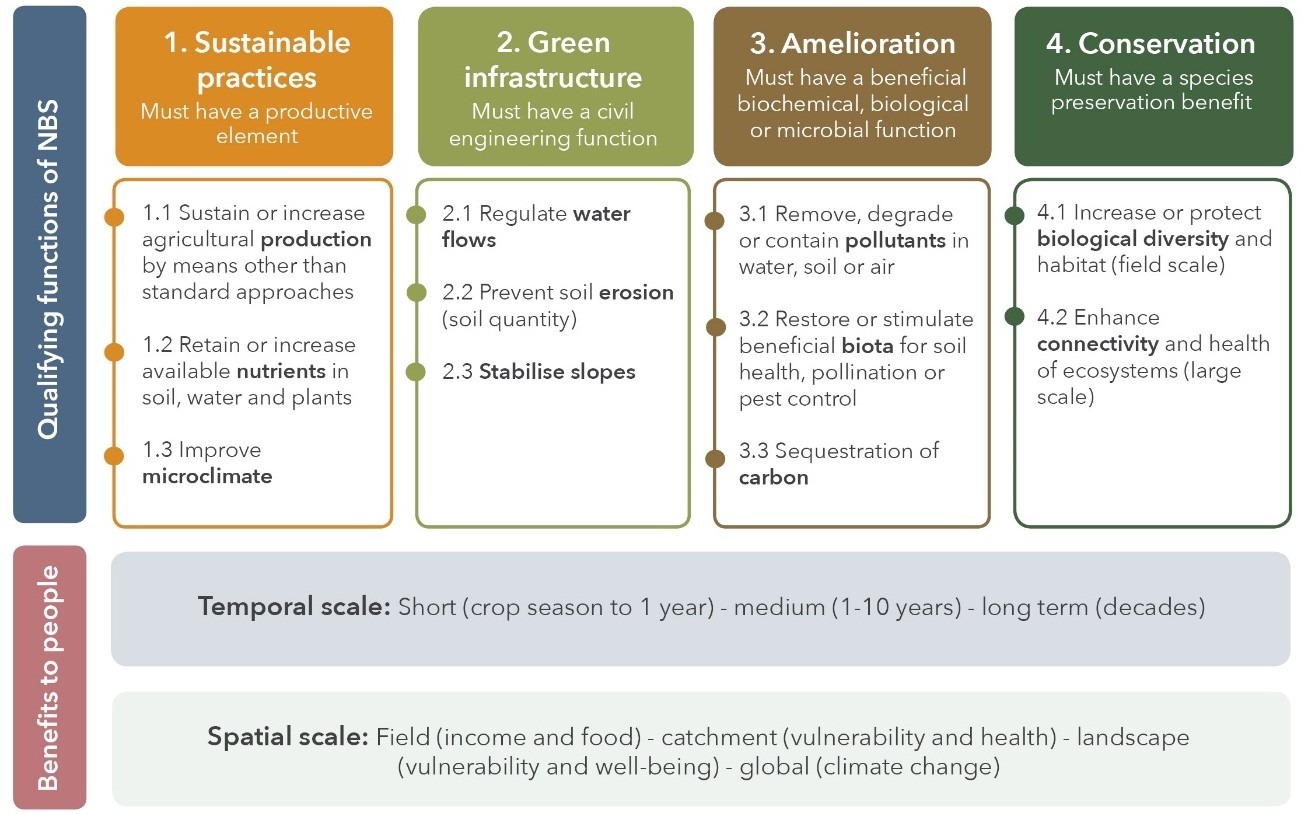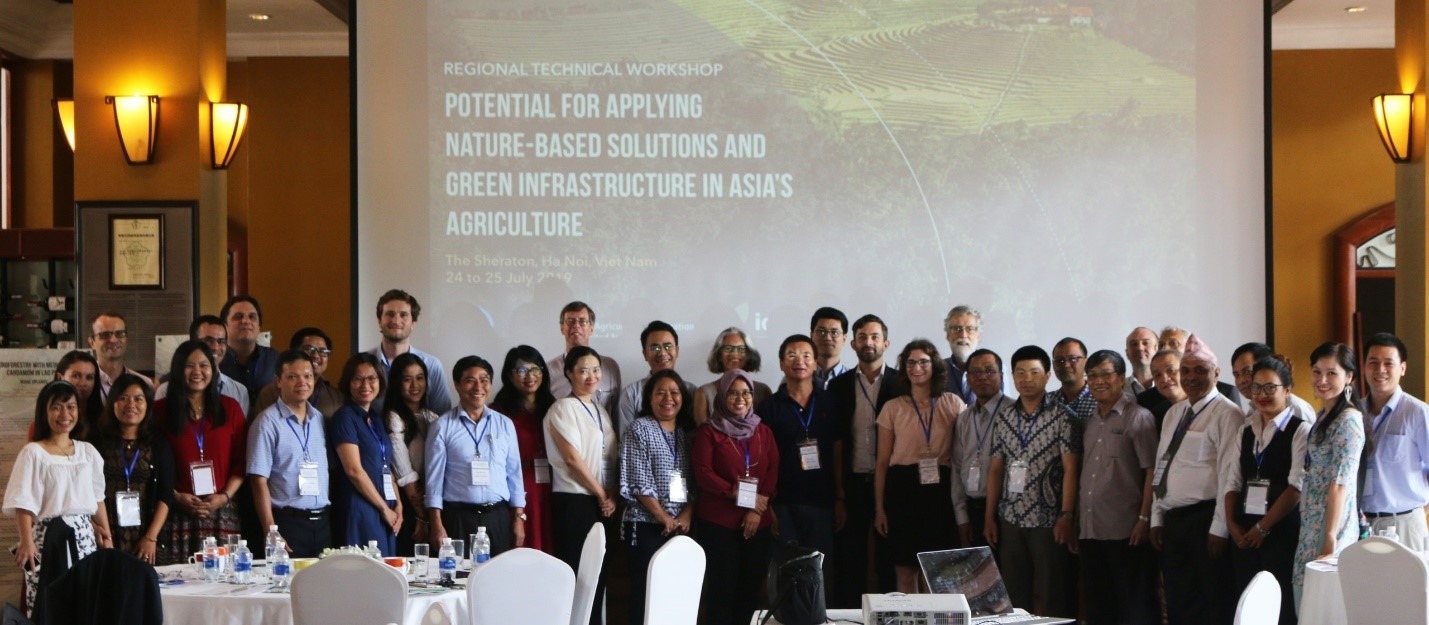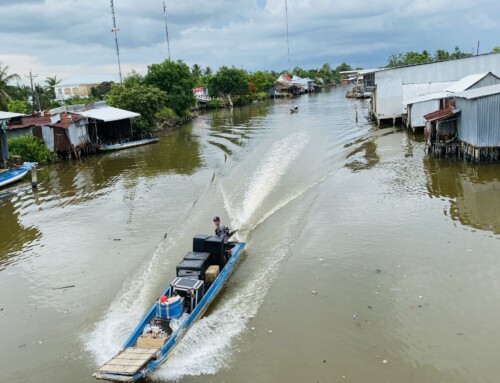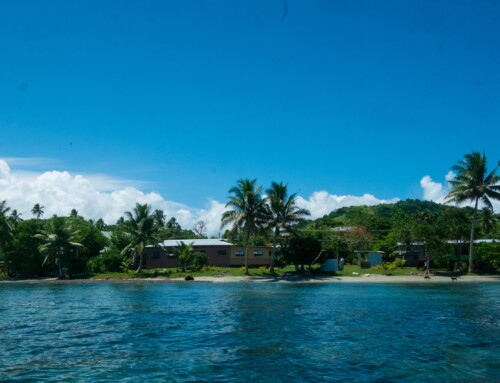An incredible outcome for ICEM, World Agroforesty (ICRAF) and FAO Asia with the publishing of an original framework for Nature-Based Solutions (NbS) in agricultural landscapes in the journal Frontiers in Environmental Science. Access it here.
This article builds on research conducted as part of the project Identifying Green Infrastructure and Nature-Based Solutions for More Resilient Rural Communities which concluded in 2020.
Although Nature-Based Solutions (NbS) are widely applied in urban sustainability and conservation discourses, they are less common in agricultural landscapes, which represent one of the most heavily human-altered systems. Responding to this gap, a review of 188 peer-reviewed articles on NbS and Green Infrastructure was undertaken, which permitted a systematic grouping of practices into four essential functions for NBS in agriculture: 1) Sustainable practices — with a focus on production; 2) Green Infrastructure — mainly for engineering purposes such as water and soil, and slope stabilization; 3) Amelioration — for restoration of conditions for plants, water, soil or air and climate change mitigation; and 4) Conservation — focusing on biodiversity and ecosystem connectivity.
The framework was then tested and refined as part of three international expert consultations organized in 2019–2020.

The Nature-Based Solutions in Agriculture Framework

Regional regional 2-day consultation in Hanoi in July 2019
ICEM and FAO have since applied the framework to selected NbS locations in India, Myanmar, Cambodia and Vietnam as part of the recently concluded project Deploying nature-based solutions (NBS) as specific measures to address agroecosystem degradation and associated drivers and generate environmental benefits at multiple scales, where it was used to develop context-specific solutions for agricultural challenges from the field to landscape level.
But do we really need another framework?
Lead author and senior cliamte scientist Elisabeth Simelton has this to say:
‘There is indeed an oversized patchwork of frameworks and concepts. In many countries, and even during our consultations, we sensed a lot of “concept fatigue”. But you’d be surprised how difficult it is to find a framework that connects sustainable and multifunctional practices across different land uses. We have made an attempt to open doors to connect practices across the production and conservation spectrum. This framework does not actually introduce any new practices or terms; instead it collects and combines the ones that exist. So, this framework is a complement to existing concepts, to make better use of good practices that are out there already.’
Jeremy Carew-Reid, ICEM’s Director-General and a long-time pioneer of nature-based solutions in the Mekong Region stressed the importance of connectivity of nature across landscapes and of applying the biodiversity ‘net gain’ principle to all development activities.
‘Protected areas continue to be a key strategy for conserving biodiversity and protected area networks need to be greatly expanded,’ he said. ‘But in order to balance community needs, additional practical solutions are needed. The framework shows how a range of land uses can be intertwined with conservation areas and the progressive establishment of natural corridors through intensive investment in restoration and rehabilitation.’
More from the authors on the ICRAF website here







Leave A Comment